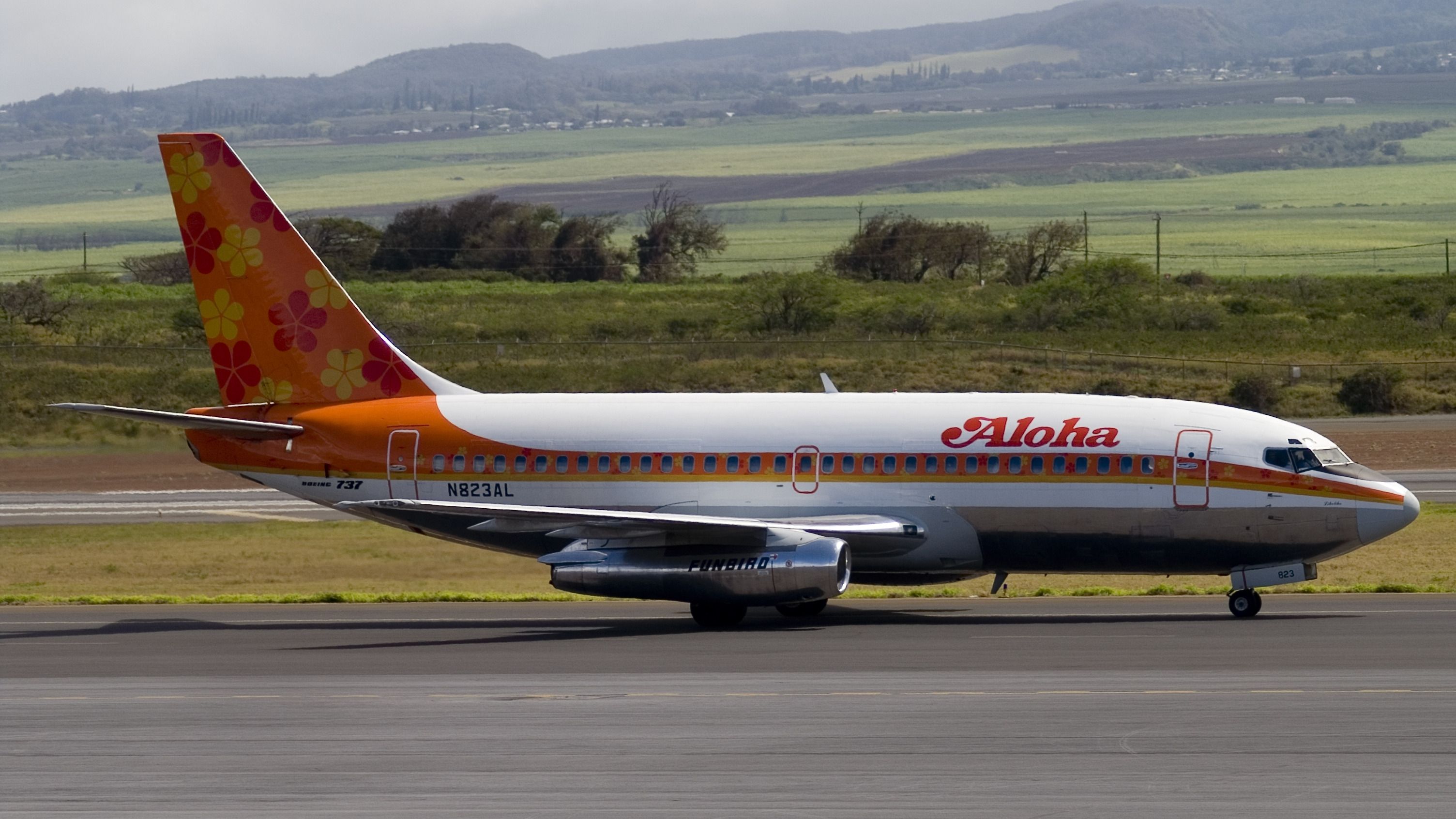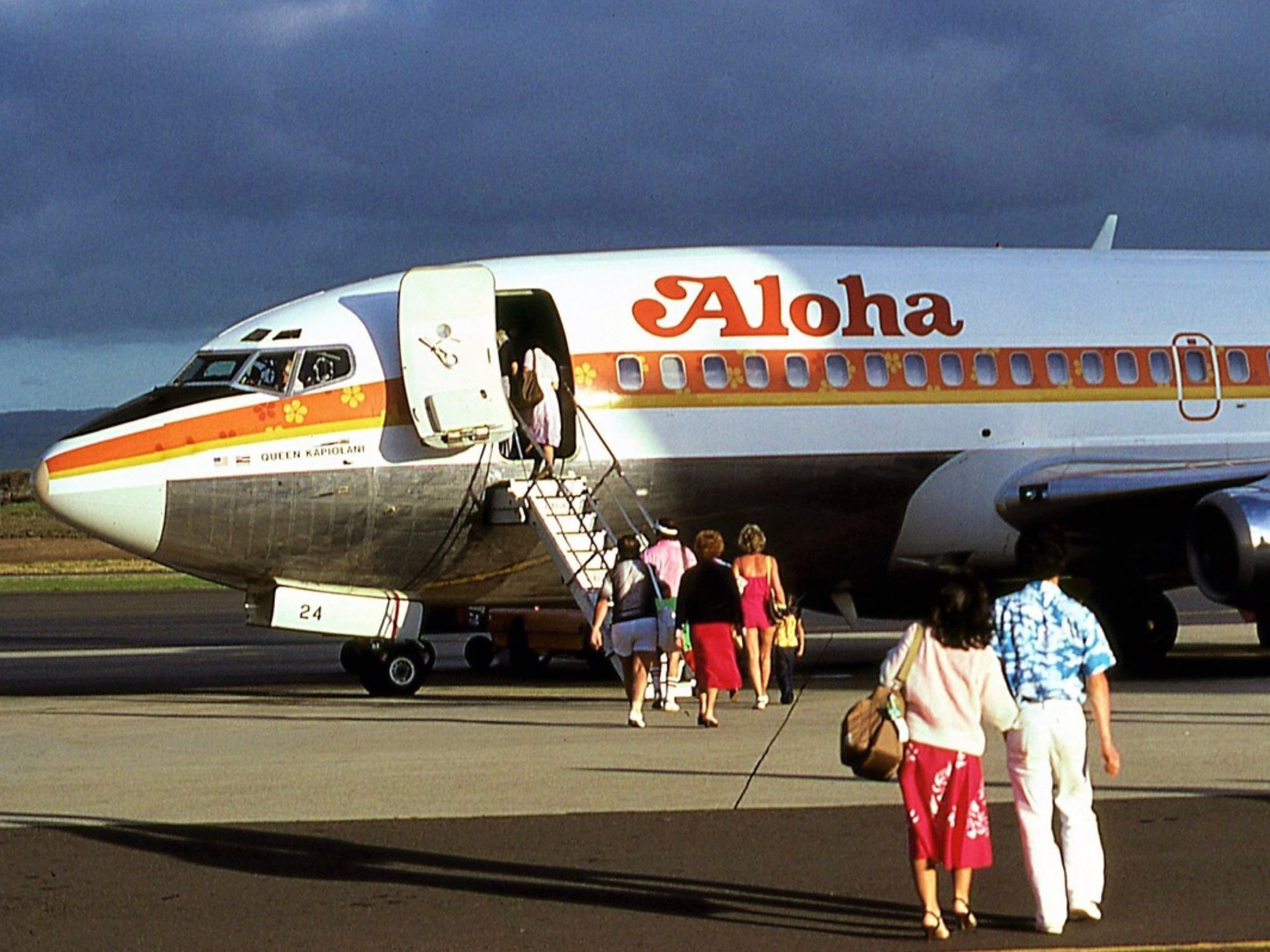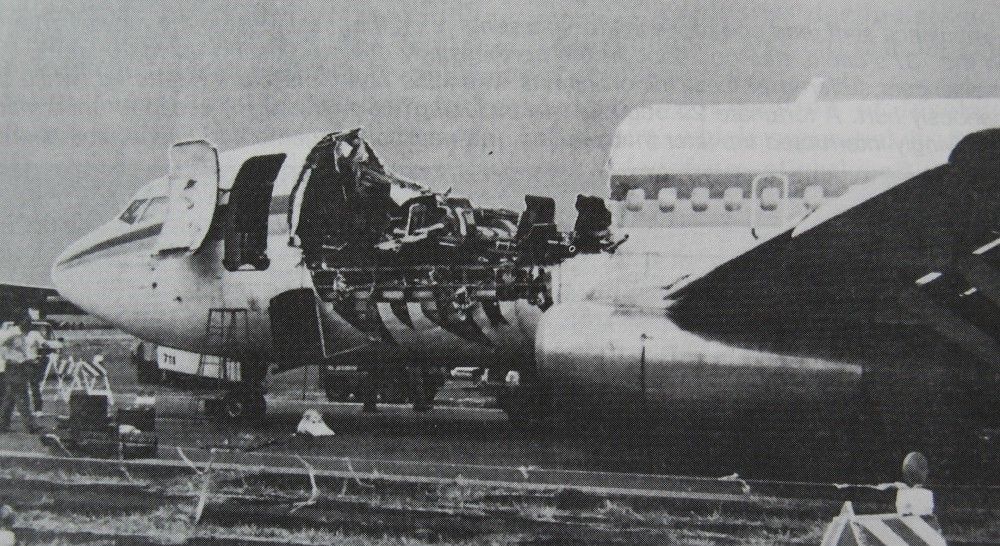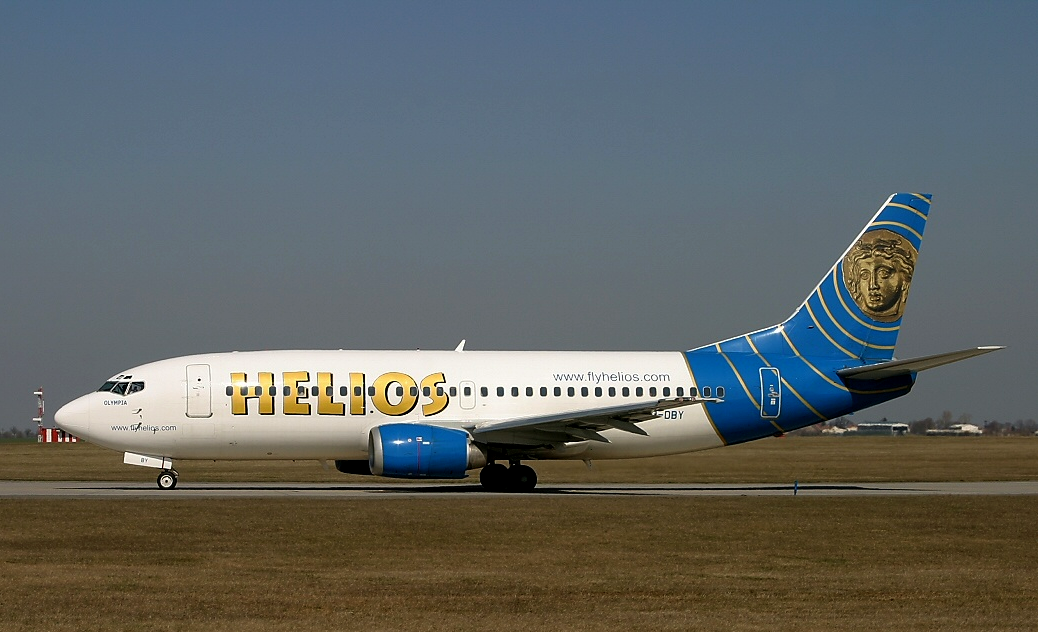Summary
- Explosive decompressions are a dangerous phenomenon that can forcefully project objects and debris.
- This incident involved the rupture of the plane's roof, but fortunately, the aircraft was able to land safely.
- This incident led to several vital changes in the industry.
Explosive decompressions can be a hazardous phenomenon in the domain of aviation. These events see air pressure change faster than air can escape from a person's lungs, as well as forcefully projecting unsecured objects and debris in and around the aircraft. One such incident took place in 1988, resulting in a Boeing 737 landing without some of its roof.
A classic interisland flight
Those familiar with the world of Hawaiian commercial aviation will know that it is a market characterized by interisland flights. During its 62-year history, which lasted from 1946 to 2008, Aloha Airlines was one such carrier that hopped between the state's islands.
This meant that its aircraft accumulated a greater amount of flight cycles more quickly since their day-to-day work would see them operate several short flights rather than, for example, a longer round trip. In 1988, the airline was flying the two Boeing 737s with the highest number of flight cycles, with the second being N73711, a 737-200.
Named Queen Liliuokalani, this twinjet had accrued around 35,000 flight hours across nearly 90,000 cycles in its 19-year career. On April 28, 1988, the aircraft took off from Hilo at 13:25 local time on a scheduled service, flight 243, bound for Honolulu. The short hop would turn out to be rather eventful for its 89 passengers and six crew members.
Disastrous decompression
The flights that N73711 had operated earlier that day had passed without incident, and the aircraft climbed to 24,000 feet as planned. However, at 13:48 local time, disaster struck when part of the plane's roof on the left-hand side towards the front of the cabin ruptured. This caused the controls to loosen, with the 737 rolling left and right.
This then led to an explosive decompression, which tore off the cockpit door and 5.6 meters of the aircraft's roof between the cockpit and the wings. The violent rush of air sadly caused flight attendant Clarabelle Lansing to be swept from the aircraft. Her body is still yet to be found. She was the only fatality, with all passengers seated and belted at the time.
Love aviation history? Discover more of our stories here
Safely on the ground
Following this dramatic turn of events, it was imperative to get the aircraft back on the ground as soon as possible. This prompted the flight to divert to nearby Kahului Airport on the island of Maui. The descent was also rather eventful, with the pilots having to contend with an engine failure. Furthermore, they couldn't tell whether the landing gear was down.
However, despite these challenges, the flight touched down safely just 13 minutes after the initial decompression. Its occupants then evacuated via slides, and 65 of them had been injured. About eight of these were severe injuries, and with only two ambulances and no facilities for such emergencies at the airport, the passengers were taken to the hospital in vans belonging to Akamai Tours.
In the aftermath of the incident, the aircraft had to be written off. Unable to fly elsewhere, it was dismantled on-site in Maui. The NTSB's investigation into the decompression found that it had been caused by metal fatigue. Crevice corrosion was also a factor, including inadequate maintenance and inspections. Failures by the FAA, Boeing, and the Aloha maintenance department were all contributing factors.
As such, the incident was a learning moment that brought many changes to the aviation industry. It helped increase the focus and attention given to aging aircraft. The parties also learned more about the pressurization cycles of an aircraft operating frequent short interisland flights. There is now a memorial garden for Clarabelle Lansing at Honolulu International Airport (HNL).
Uncontrolled decompression
Uncontrolled decompression can result from a number of factors, including error, structural fatigue, or damaging impact. It can cause significant lung damage and hypoxia and is classified into three: Gradual, rapid, and explosive decompression, with the last one being witnessed on the Aloha Flight.
The difference between the three is the time in which it occurs. Explosive decompression can happen in less than half a second, rapid in more than a second, and gradual over an extended period of time. Gradual depressurization can go unnoticed until the crew or passengers are unconscious. This was the case on Helios Airways Flight 522, which crashed in Greece on August 14, 2005.
Flight 522 turned into a ghost flight when nearly everyone onboard lost consciousness due to generalized hypoxia. Before takeoff, the crew forgot to set the pressurization system to auto, leading to a gradual decrease in cabin pressure as the aircraft climbed to higher altitudes. Air traffic Control eventually lost contact with the crew, and the Greek fighters deployed to intercept the aircraft noticed the First Officer lying unconscious in his seat and the oxygen masks hanging in the cabin. A flight attendant with a portable oxygen tank tried to save the aircraft, but it ran out of fuel and crashed near Grammatiko.
What do you make of this incident? Were you aware of the story of Aloha Airlines flight 243? Let us know your thoughts in the comments.




